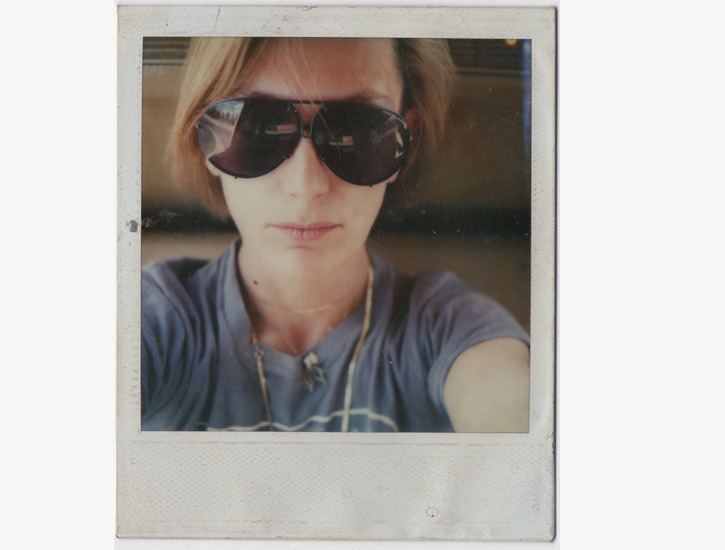Name Anda Korsts | ||
 | ||
Anda Korsts (July 2, 1942 - February 24, 1991) was a Chicago based video artist and journalist. She was the founder of Videopolis, Chicago's first alternative video space, and worked with TVTV, a national video collective. She was among one of the first people to use consumer-grade video as a political tool, allowing opportunity for those unnoticed in mainstream media to share their views with the public.
Contents
Personal life
Anda Korsts was born on 2 July 1942 in Riga, Latvia. The family left German-occupied Latvia during World War II before the second Soviet occupation, moving west until they eventually reached American-occupied Germany. Their home was a displaced persons camp in Hanau, near Frankfurt. In 1950, Anda and her family emigrated to Hyannis, Massachusetts. Her mother was a dentist and her father became a CPA; the family moved from Boston to Chicago in 1956. She was married to a successful Loop lawyer and the pair had three children; the marriage ended in divorce. On February 24, 1991, Korsts died at the age of 48 in her Lincoln Park home.
TVTV
TVTV, also known as Top Value Television, was video collective that lasted from 1972-1977. The group was founded by Allen Rucker, Michael Shamberg, Tom Weinberg, Hudson Marquez and Megan Williams. Korsts was a producer. In 1972, Korsts was part of the crew that took hand-held cameras to the Miami Democratic and Republican conventions. They recorded the behind-the-scenes politics which resulted in the documentaries Four More Years (1972) and The World's Largest TV Studio (1972). These documentaries were edited into a one-hour program that became the first independently produced program to air on US television at the time.
Videopolis
Videopolis is considered to be Chicago's first comprehensive video project, giving information to the public about videos. Her partners included Lilly Ollinger and Jack McFadden. They trained students how to use video equipment and how to make their videos an essential part to their programs. They also tried to provide as much equipment as they could obtain, for the purpose of allowing the public to use the equipment. Over the years, Videopolis focused on some topics that would cover important stories and uses to video. In 1972, the group decided to focus on the experimentation with five uses of tape:
Another one of their activities consisted of displaying the importance of women in video and film. They created a program called, Women Doing Video and would collect video pieces by women and submit them to film festivals. Corporate sponsorship came about and the program was soon changed to Women's Video Festival. Most of their projects dealt with the issues related to women's rights. These tapes would show stories of women who had gotten illegal abortions, a national lesbian conference, the making of a centerfold, the Miss California pageant, chronicling a childbirth, etc. Videopolis also documented the Chicago Imagists, a school of artists. This project was funded by the Illinois Arts Council. With their handheld cameras and portable video technology, the crew was able to film in the artists' studios instead of a television studio. The Chicago Imagists were interviewed for their artwork by the crew.
Videopolis closed after Korsts started working on a series, It's a Living, which was picked up by the Public Broadcasting System. According to Gundega Korsts, Anda's sister, noted that she closed Videopolis because, "She went to Disneyland and saw everyone with a TV camera, and she said, 'It's time to move on to something else.'"
It's a Living
While working on the series, Korsts stated that, "I would like to take TV out of its slick-chrome studio and into people's lives, make it less elitist, more democratic." It's a Living, revolved around the lives and daily routines of people in working-class America. The series consisted of six half hour programs that aired on public television in the late 1970s. It was based on Studs Terkel's oral history book, Working.
